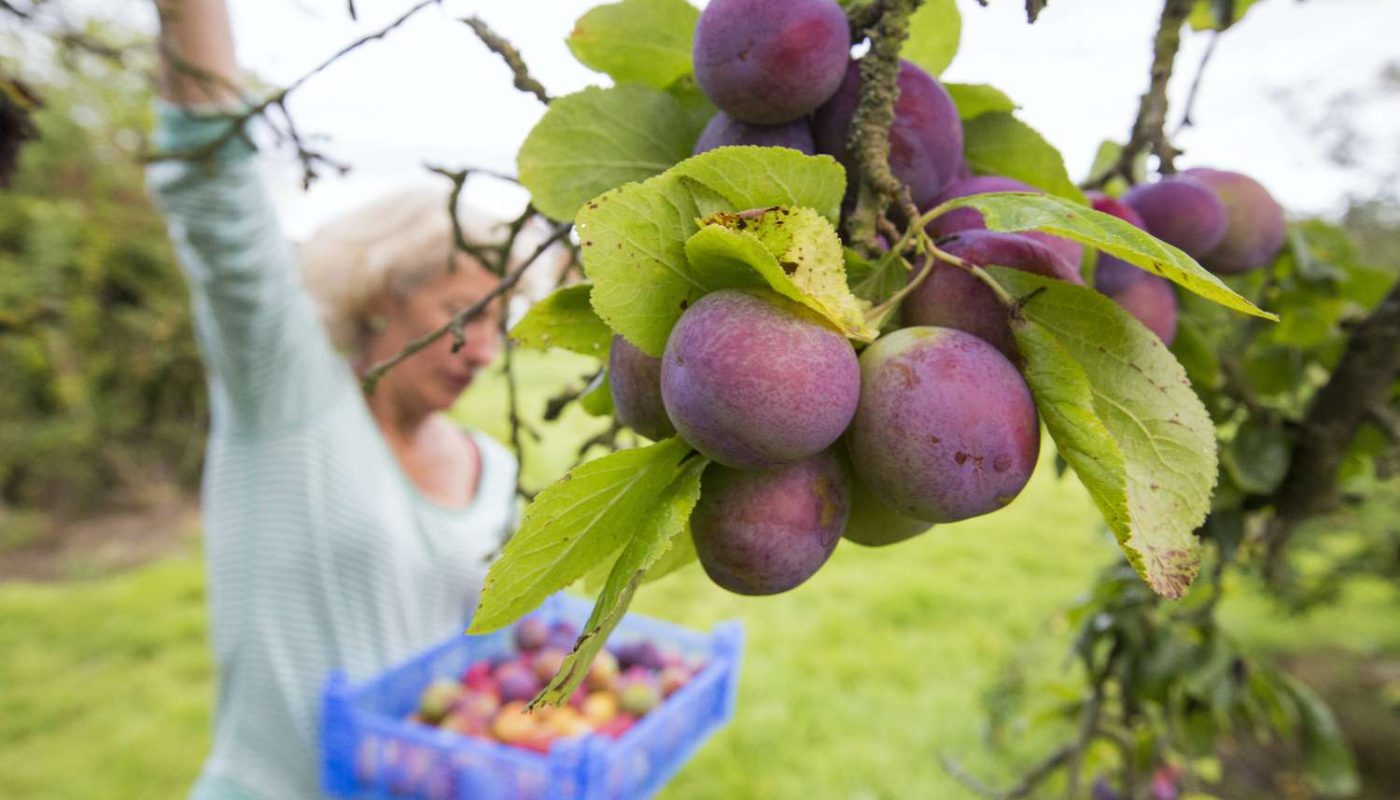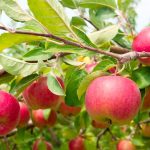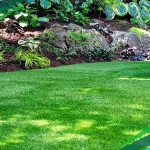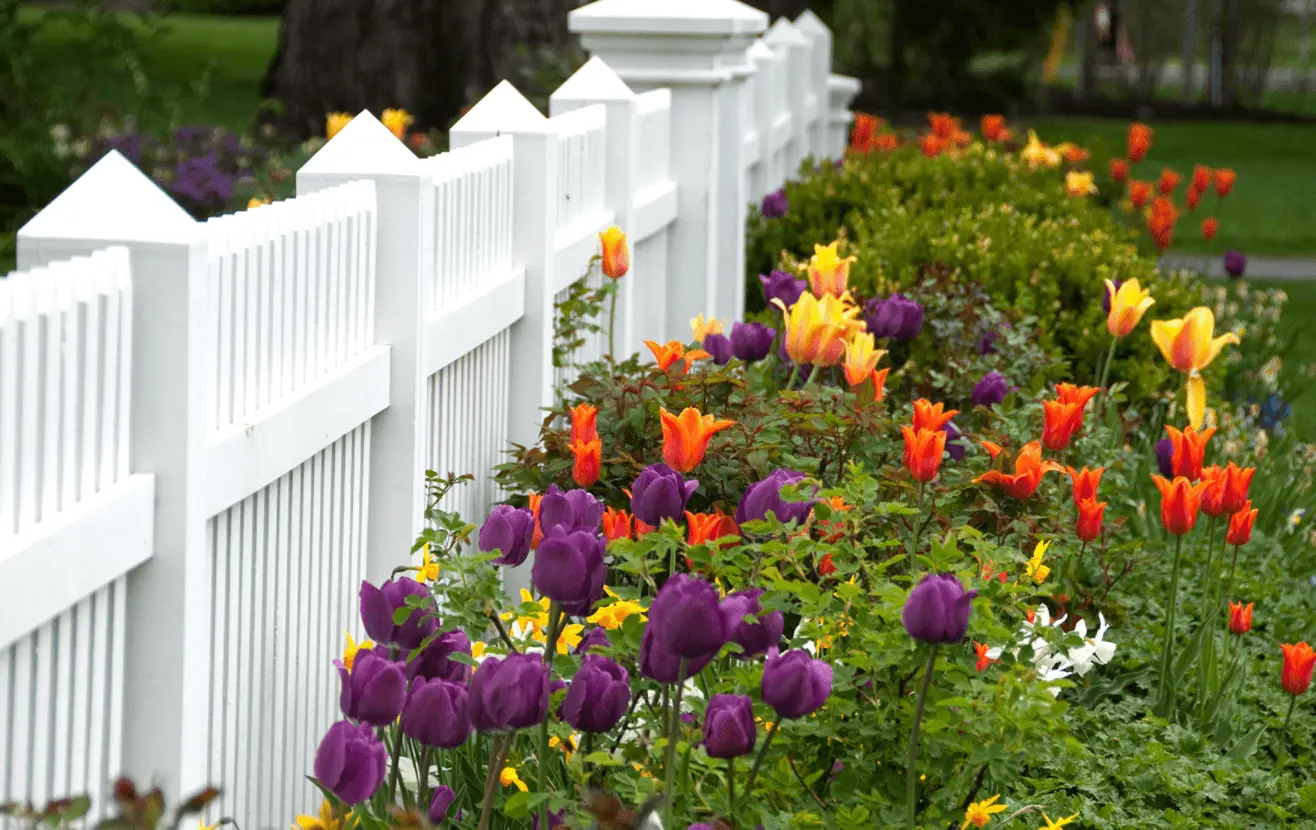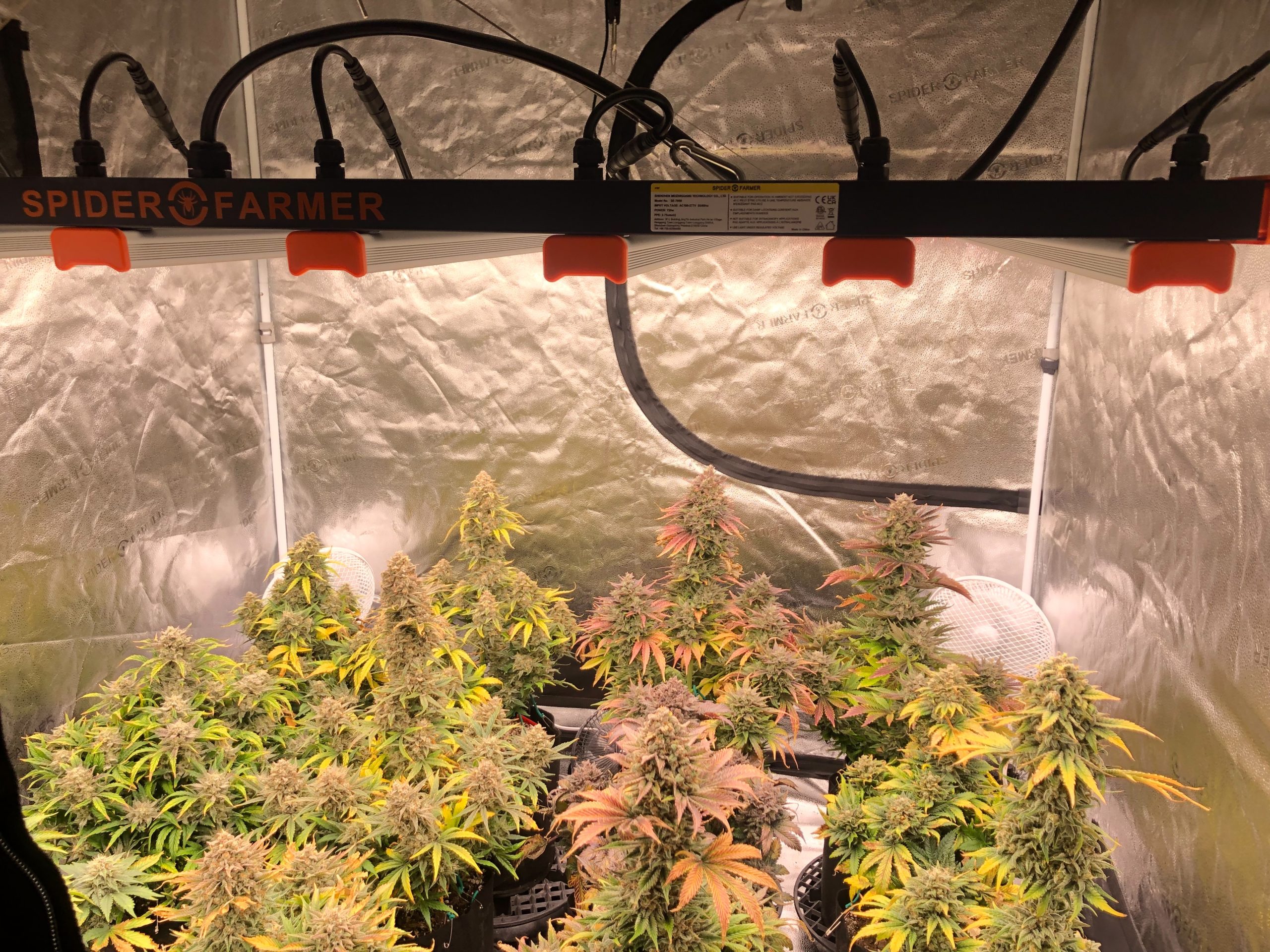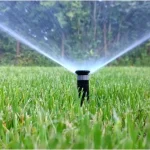Dwarf plum trees offer an abundance of benefits, not only due to their manageable size but also because of their ability to fit into smaller garden spaces and even containers. This article explores the key considerations in selecting the best dwarf plum varieties suited to the British climate and soil, ensuring a successful and fruitful compact orchard.
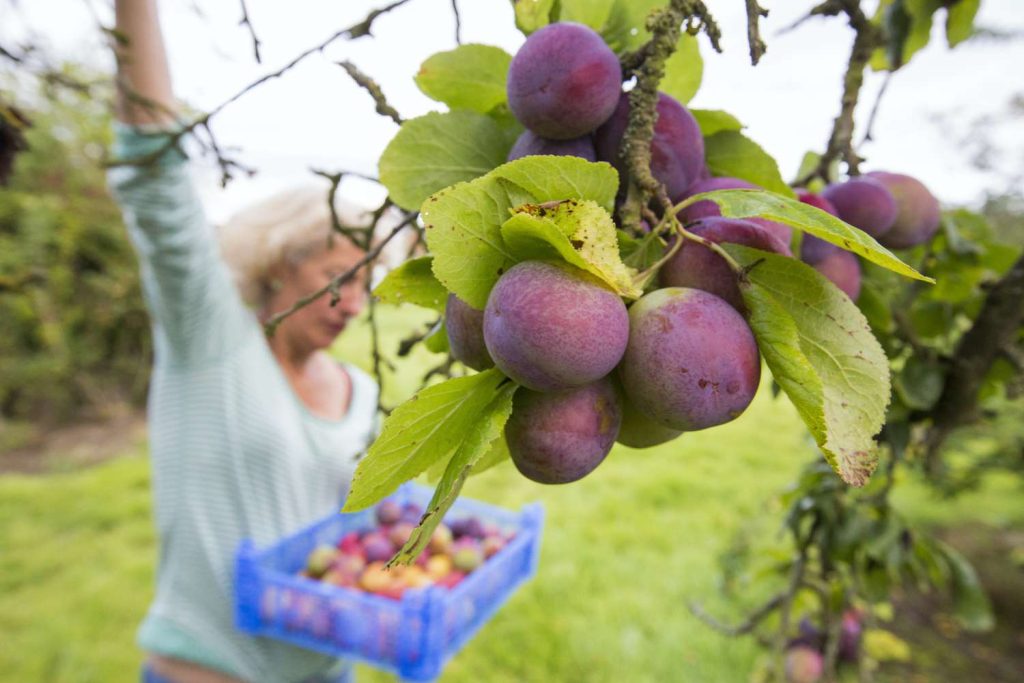
Content
Understanding Dwarf Plum Trees
Dwarf plum trees are specifically bred to produce full-sized fruits on smaller trees. Typically, these trees are grafted onto rootstocks that limit their growth to a fraction of the size of standard plum trees, usually not exceeding 2.5 to 3 meters in height. This controlled size makes them ideal for smaller gardens, patios, or even as part of a landscaped front yard.
The Benefits of Dwarf Plum Trees
Dwarf plum trees are not just space-savers; they have several advantages that make them an appealing choice for fruit growers:
- Ease of Maintenance: Their reduced size makes pruning, harvesting, and general care more manageable compared to larger fruit trees.
- Faster Fruit Production: Dwarf trees often begin producing fruit sooner than their standard counterparts, typically bearing fruit within 1 to 3 years of planting.
- Variety: There is a wide range of plum varieties available in dwarf form, allowing gardeners to choose based on taste, color, and cooking properties.
Climate Considerations
When selecting dwarf plum trees to buy for your orchard, consider the specific climate of your region in Britain, according to this guide https://www.fruit-trees.com/buy-dwarf-plum-trees-online.html . Plums generally need some chill to produce fruit, but the amount varies significantly between varieties. Here’s what you need to keep in mind:
- Winter Chill Requirement: Plum trees need a certain number of chilling hours each winter to break dormancy and produce fruit. It’s essential to choose a variety that matches your local climate’s winter chill profile.
- Spring Frosts: Late frosts can damage blossoms and negatively impact fruit production. Varieties that flower later can be more suitable for areas where frost is a concern.
Soil and Site Selection
The site of your compact orchard plays a crucial role in the success of your dwarf plum trees. Plum trees prefer well-drained soil and a position that receives full sunlight for the majority of the day. Here are the steps to prepare your site:
- Soil Testing: Before planting, test your soil to check for pH levels and nutrient content. Plums prefer slightly acidic to neutral soil (pH 5.5 to 6.5).
- Drainage: Ensure good drainage to prevent root diseases. If your soil is heavy clay, consider raising beds or incorporating plenty of organic matter to improve soil structure.
Choosing the Right Rootstock
The rootstock of your dwarf plum tree largely determines the tree’s ultimate size, vigor, and how well it adapts to the local soil and climate conditions. In Britain, several rootstocks are commonly used for dwarf plums:
- Pixy: This is a popular choice for very small gardens or container growing. Pixy rootstocks produce trees that are naturally compact and are suitable for most soil types.
- St. Julien A: Offering a slightly larger frame than Pixy, St. Julien A rootstocks are well-adapted to poorer soils and provide excellent resistance to drought.
Choosing the correct rootstock is essential for ensuring your plum tree thrives in your specific garden conditions and space limitations.
Variety Selection
Selecting the right varieties of dwarf plum trees is crucial for ensuring good pollination and high fruit yield. Some varieties are self-fertile, which means they do not require pollen from another plum variety to produce fruit. However, even self-fertile varieties benefit from having another variety nearby as it tends to increase yield.
Here are a few popular dwarf plum varieties suitable for British gardens:
- Victoria: Renowned for its reliability and heavy crops, Victoria plums are excellent for both eating fresh and cooking. The fruit is sweet and juicy with a pleasant texture.
- Damson: Smaller than typical plums but packed with flavour, Damson plums are ideal for preserves and baking due to their rich, tart flavour.
Each variety has its specific growing requirements and benefits, so it’s important to choose based on both personal preference and how well the variety will adapt to your local conditions.
By now, you should have a clearer understanding of how to start your compact orchard with dwarf plum trees. The selection process involves considering your local climate, soil conditions, available space, and the specific characteristics of each plum variety. Let’s pause here for your review and feedback before proceeding further with more detailed care instructions and tips on maximizing your orchard’s productivity.
Watering and Feeding
Proper watering and feeding are crucial for the health and productivity of dwarf plum trees. Here’s how to deal with this effectively:
- Watering: Dwarf plum trees require consistent moisture, especially during the first few years after planting and during the growing season. Water your trees deeply once a week, ensuring that the water penetrates several inches into the soil. You might need to water your plants more frequently during hot, dry spells.
- Feeding: Apply a balanced fertilizer early in the spring before new growth begins, and again in mid-summer, to support fruit development. Don’t fertilise too much because this can cause too many leaves to develop at the expense of producing more fruit.
Pruning
Pruning is vital for maintaining the health and vigor of dwarf plum trees, as well as for improving fruit size and quality. Before the tree begins to leaf out, make pruning cuts in late winter or early spring. Focus on removing any dead or diseased wood, thinning out overcrowded branches to improve air circulation, and shaping the tree to keep it manageable and productive.
- Formative Pruning: In the early years, focus on creating a well-shaped, balanced tree with a strong framework.
- Maintenance Pruning: Once the tree is established, prune annually to remove old fruiting wood and to encourage the growth of new fruiting wood.
Pest and Disease Management
Like all fruit trees, dwarf plum trees can be susceptible to a variety of pests and diseases. Regular monitoring and early intervention can help maintain a healthy orchard:
- Pests: Watch for common pests such as aphids, plum fruit moth, and red spider mites. Use environmentally friendly controls like insecticidal soaps or introducing natural predators into your garden.
- Diseases: Prevent fungal diseases such as plum leaf curl and brown rot by keeping the foliage dry and improving air circulation within the canopy. If diseases appear, treat with appropriate fungicides, opting for organic options if possible.
Maximizing Orchard Productivity
To maximize the productivity of your compact orchard, consider the following tips:
- Cross-Pollination: Even if you plant self-fertile varieties, planting two or more different varieties can enhance cross-pollination and significantly increase fruit set and yield.
- Thinning Fruit: Once fruit has set, thin the fruits to about 5-7 cm apart along the branches. This prevents overburdening the tree and results in larger, healthier fruits at harvest.
- Mulching: Apply a layer of organic mulch around the base of your trees to help retain soil moisture, suppress weeds, and provide gradual nutrient release.
Harvesting and Storage
Harvest time for plums varies by variety and local climate conditions, typically occurring from late summer into early autumn. Plums should be picked when they are fully colored and slightly soft to the touch. If you’re unsure, taste a fruit for sweetness.
After harvesting, plums can be stored in a refrigerator for up to two weeks. For longer storage, consider freezing or canning your plums. Plums are versatile in the kitchen, perfect for fresh eating, baking, and preserving.
Conclusion
Creating a compact orchard with dwarf plum trees is a rewarding endeavor that can bring beauty, shade, and delicious fruits to your home garden. By selecting the right varieties, providing careful maintenance, and employing good cultural practices, you can enjoy a bountiful harvest even in the smallest of spaces. Whether you are a novice gardener or an experienced fruit grower, dwarf plum trees can be a fantastic addition to your garden, offering a practical and enjoyable way to grow your own fruit at home.

Thomas is a home improvement blogger who strives to improve his life and the lives of others. He provides homeowners with helpful tips on how to renovate their homes. His goal is not only to provide easy-to-follow instructions, but also share his own personal experiences for those seeking guidance.

